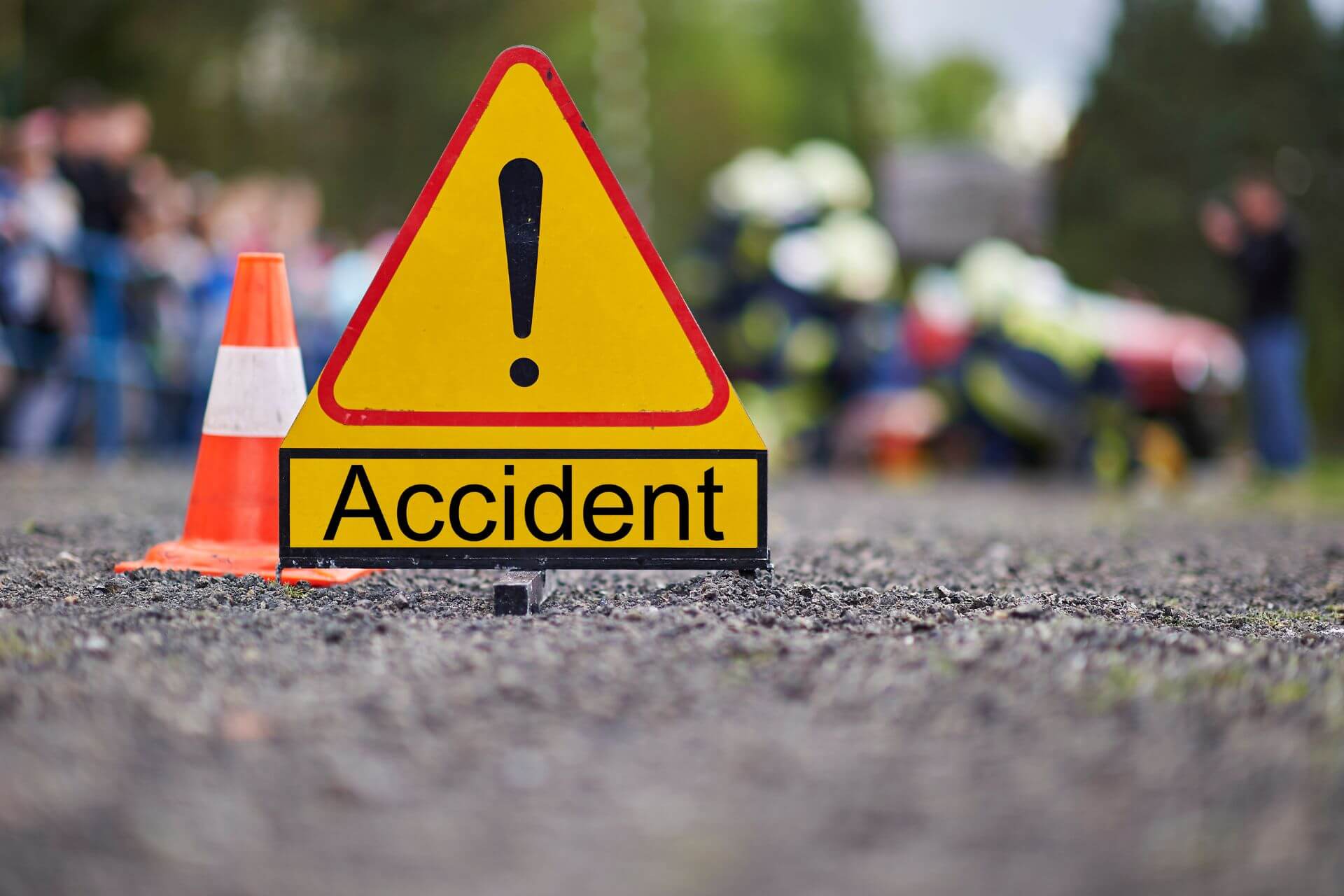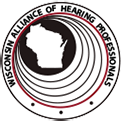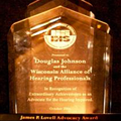Every year, thousands of workers are impacted by workplace accidents that result in lost income, medical costs, and long-term health problems. These accidents, which range from falls and strains to more subtle ailments like hearing loss, emphasize how crucial it is to have robust safety protocols and raise awareness. Hearing loss is actually one of the most prevalent industrial injuries in the US, even though most people associate it with burns, fractures, or cuts. We can see how hearing loss fits into the larger picture of employee safety by examining the top 10 workplace injuries.
Table of Contents
- Injuries and How Hearing Loss Fits In: Trips, Falls, and Slips
- Injuries and How Hearing Loss Fits In: Excessive Effort
- Injuries and How Hearing Loss Fits In: Falls from Heights & Being Struck by Objects
- Injuries and How Hearing Loss Fits In: Repetitive Strains, Lacerations, and Cuts
- Injuries and How Hearing Loss Fits In: Collisions and Crash Accidents
- Injuries and How Hearing Loss Fits In: Being Around Dangerous Substances
- About Hearing Loss Workers’ Compensation Benefits
- Sources
Injuries and How Hearing Loss Fits In: Trips, Falls, and Slips
The most common accidents at work are slips and trips. A crowded walkway, an uneven surface, or a wet floor can quickly send someone to the ground. The noise effect is sometimes overlooked, even though the physical impact typically results in fractured bones, sprains, or brain injuries.
Loud alarms, the movement of large machinery, or even unanticipated impact sounds are sometimes heard before abrupt collapses in warehouses or other industrial settings. Workers who have lost some of their hearing over time may become less able to recognize warning signs, increasing the risk of falls.
Injuries and How Hearing Loss Fits In: Excessive Effort
Repetitive pushing, lifting large objects, and bending awkwardly can all result in overexertion injuries. Common outcomes include joint injury, strained muscles, and back ailments. Here, too, noise exposure has an indirect effect.
Constantly noisy environments, like factories, can make communication difficult. Employees may not hear instructions clearly, which could result in unsafe handling of big objects or lifting errors. Overexertion is a persistent risk because of the physical strain and communication disruption it causes.
Injuries and How Hearing Loss Fits In: Falls from Heights & Being Struck by Objects
Workers in construction and maintenance frequently have to deal with the risk of working at heights. A fall from a ladder or scaffolding may result in permanent impairment, brain trauma, or spinal damage. Here, hearing loss turns into a silent risk factor. A worker is far more likely to miss important indicators that prevent falls if they are unable to hear safety signals, shouted warnings, or impending risks. In these situations, hearing protection and routine audiometric testing become equally as crucial as safety harnesses.
Workers in manufacturing facilities, construction sites, and warehouses are also frequently struck by swinging machinery, falling tools, and moving cargo. Concussions, cuts, or fractures are common outcomes of these incidents. Hearing is important in this situation because employees who do not receive treatment for their hearing loss may not be able to hear backup alarms, approaching machinery, or coworkers yelling warnings. Hearing loss significantly raises the risk of catastrophic damage in situations when every second matters.
Injuries and How Hearing Loss Fits In: Repetitive Strains, Lacerations, and Cuts
Constant usage of the same muscles and joints, such as typing at a desk or using industrial machinery, can result in repetitive strain injuries (RSIs). Although they frequently develop gradually, conditions like tendinitis and carpal tunnel syndrome can drastically lower the quality of life and productivity. There is a significant yet indirect connection between hearing loss and RSIs. Loud, constant noise increases stress and exhaustion at work, which in turn makes employees more likely to make posture errors or do repeated activities incorrectly, which raises the risk of RSIs.
From handling paper and equipment at an office to using saws or other machinery in a factory, cuts can occur in almost any type of workplace. Cuts and lacerations continue to rank among the most frequent injuries, even though protective gloves and training lower the chances. The link between hearing loss and hearing loss is subtle but real. Workers are more likely to rush, yell, or misunderstand instructions in a noisy workplace, which increases the risk of handling sharp objects improperly. In fast-paced environments, accidents are more likely to occur when workers are unable to hear clearly.
Injuries and How Hearing Loss Fits In: Collisions and Crash Accidents
In industries where trucks, forklifts, and other heavy gear are utilized daily, accidents involving vehicles are not uncommon. Serious injuries like whiplash, fractures, or traumatic brain injury might result from a collision. The danger of crashes is significantly increased by hearing loss. To avoid collisions, drivers and machine operators use aural indications such as horns, warnings, and even spoken instructions. A worker with limited hearing abilities may fail to notice these signs, increasing the risk of an accident and exacerbating the risks already associated with high-traffic work environments.
Injuries and How Hearing Loss Fits In: Being Around Dangerous Substances
Exposure to chemicals is a known risk in manufacturing plants, laboratories, and agricultural settings. Burns, breathing problems, or injury to the eyes might result from coming into contact with dangerous substances.
It’s interesting to note that some chemicals, such as pesticides, solvents, and certain heavy metals, are also ototoxic, meaning that when they interact with noise exposure, they can harm the inner ear and lead to hearing loss. Employees in these settings run the danger of suffering both irreversible hearing impairment from extended exposure to the chemicals and physical harm from the chemicals themselves.
About Hearing Loss Workers’ Compensation Benefits
The Workers’ Compensation Program was established in 1911 to encourage employers to make the workplace safer by requiring safety programs and the use of safety devices. Since 1911, there have been over 2.5 million workers’ compensation claims filed. Hearing loss workers’ compensation claims now rank #3 in the number of occupational disease claims filed.
Hearing loss workers’ compensation benefits are largely undiscovered benefits covering hearing health care, which is often uninsured. Many health insurance policies and programs like Medicare do not cover hearing aid purchases, but workers’ compensation can. It also pays for the disability of hearing loss just as it does for the loss of eyesight or other injuries.
Aging populations, advances in technology, and greater sensitivity to hearing loss are bringing more attention to financing hearing health care. For the most part, those who qualify for hearing loss workers’ compensation benefits are retired hearing-impaired workers who live on fixed incomes.
Always feel free to ask Johnson Law Offices about the process, the law, or an individual case. The legal, medical, and audiometric questions that come into play in a hearing loss workers’ compensation claim can be complicated.
The claims require attention to detail mixed with an ability to work well with hearing-impaired retirees and their families, especially spouses, and their hearing health care professionals.
Sources
- https://www.bls.gov/news.release/osh.htm
- https://www.osha.gov/noise



